The Shining is one of the most iconic horror films in cinema history, churning up memorable scenes and quotes since its release in 1980. Who could forget such imagery as the Grady twins lurking up the hallway, or Jack Nicholson sadistically peering through the remnants of a chopped apart bathroom door? This Kubrick classic holds a distinct place in movie history while also prompting disagreeable opinions from fans, and most importantly, the author of the source material itself, Stephen King.
While it is hard to dispute that Kubrick made a memorable film, it is easier to argue that he did not make a terribly accurate one when it comes to the source novel. It is understood by most that movie adaptations of popular books tend to take creative freedoms and in turn this produced small to extreme differences between book and film. These are ten differences between Stephen King's novel and Stanley Kubrick's film.
Hallorann’s Death
Dick Hallorann was played by iconic actor and musician Scatman Crothers in the 1980 film adaptation. Sharing the gift of shining along with the young boy Danny, Hallorann is the head cook at The Overlook hotel during its operating season and becomes a would-be savior to Danny and his mother in both the novel and the movie.
Where the film differs from the book, however, is that in the movie Hallorann meets his demise by the edge of Jack's fire ax, while in the novel, it is Hallorran who aides Danny and Wendy in escaping the hotel and goes on to be a pivotal figure in Danny's life as an adult.
Jack's Death
Frozen to death or blown up in a horrific explosion? For the character of Jack Torrance, he gets the best of both worlds. While in Kubrick's film, Jack finds himself trapped inside the daunting hedge maze during a snowstorm only to never escape and suffer a frozen death. However, in the King novel, Jack's inability to adequately take care of the boiler within The Overlook leads to an explosion that engulfs not just the spirits of the hotel, but Jack himself.
The Grady Twins
Perhaps one of the most unsettling images to come out of the film is that of the Grady twins lurking in the hallways of The Overlook Hotel, inviting Danny to come play with them forever and ever. While their murders at the hands of their father and former caretaker, Delbert Grady, are mentioned in the book, the twins themselves never appear to Danny or anyone else in the story. This is one liberty we are glad Kubrick took, as the twins helped to produce a terrifyingly memorable image from the film.
The Elevator
Another stunning visual from the Kubrick film is that of the hotel elevators cascading a sea of blood, representing the immense loss of life within the hotel, with symbolism being a staple of Kubrick's work. While elevators are featured in the book, they are filled with confetti and streamers from the famous New Year's Eve party thrown at the hotel. Another liberty we are glad Kubrick took, as the scene has become cemented in movie history and pop culture.
Jack’s Weapon of Choice
Who could forget the iconic visual of Jack Nicholson lumbering through the halls of The Overlook as Jack Torrance with his trusty fire ax? In King's book, Jack's weapon of choice is a roque mallet, an Americanized version of croquet. While both weapons are wielded to inflict damage on his wife and child, there is something a bit more sinister about a fire ax.
Tony
In both the film and the book, Tony is at first presented as an imaginary friend of sorts to Danny. Tony talks to Danny, warning him of certain things related to his gifts and The Overlook Hotel. In the book, it is eventually revealed that Tony is in fact a version of Danny from the future, communicating with his younger self. In the movie, however, Tony is only ever an imaginary voice to Danny.
Wendy’s Self Confidence
Although Shelley Duvall's version of Wendy shows flashes of the strong and protective mother she is portrayed as in the books, overall she is more of a damsel in distress throughout the movie. A large part of this could be attributed to the reported abuse suffered by Duvall on set. Meekly, she fights back against Jack, and comes nowhere near the mental and physical strength Wendy shows in the book as she fights to protect her son.
Room 237 vs. 217
217 is the infamous room number from the book version of The Shining, a room in which Danny and Jack encounter a spirit residing at the hotel. At the request of the ownership of the Timberline Lodge, where the film was shot, Kubrick changed the room number to a nonexistent 237 in order to not frighten future guests of the lodge.
The Hedges
One major divergence between the film and the book has to deal with the hedges at The Overlook Hotel. In the book, it is topiaries shaped like animals that come to life with the power and spirit of the hotel. Kubrick did not like the animations that would have been used for the film version of this, and opted instead for an ominous hedge maze that would serve as the setting film's nerve-wracking climax.
The Overlook as a Living Character
In Stephen King's book, The Overlook Hotel is portrayed as its own living, breathing character. Its seduction of Jack Torrance is evident, and the hotel and the spirits within it will do everything in their power to claim Jack as their own. In the film, the hotel is really nothing more than a haunted house, with the spirits inhabiting it used as examples of Jack's slow descent into madness. This element is one Kubrick almost refused to incorporate into his story of a man suffering from the ultimate case of cabin fever.
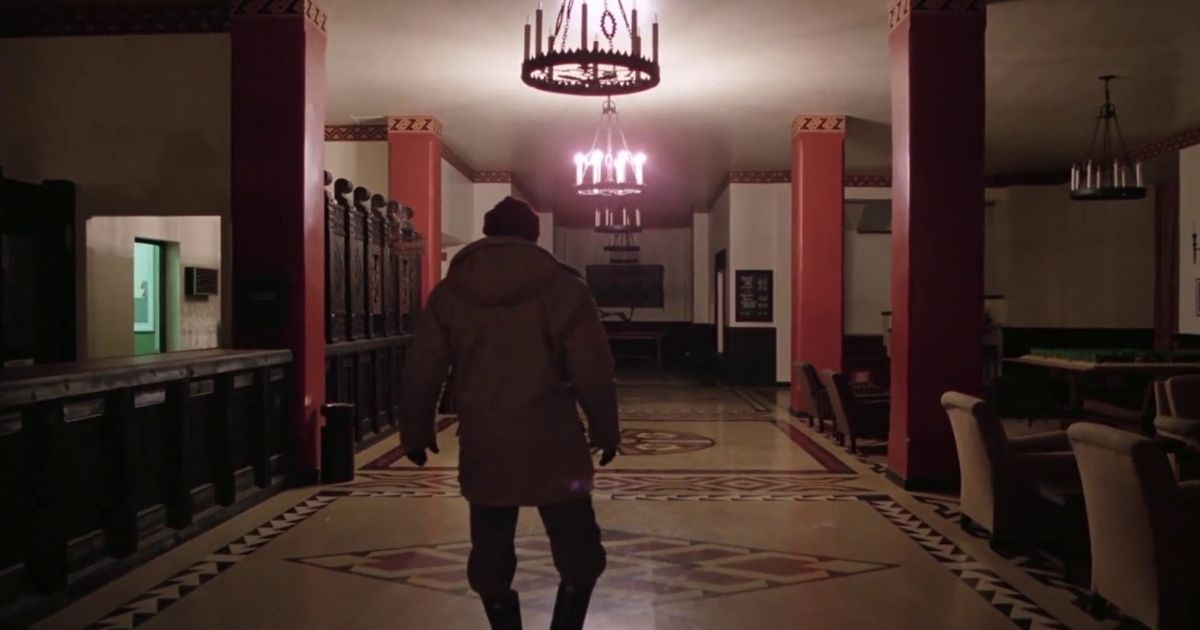
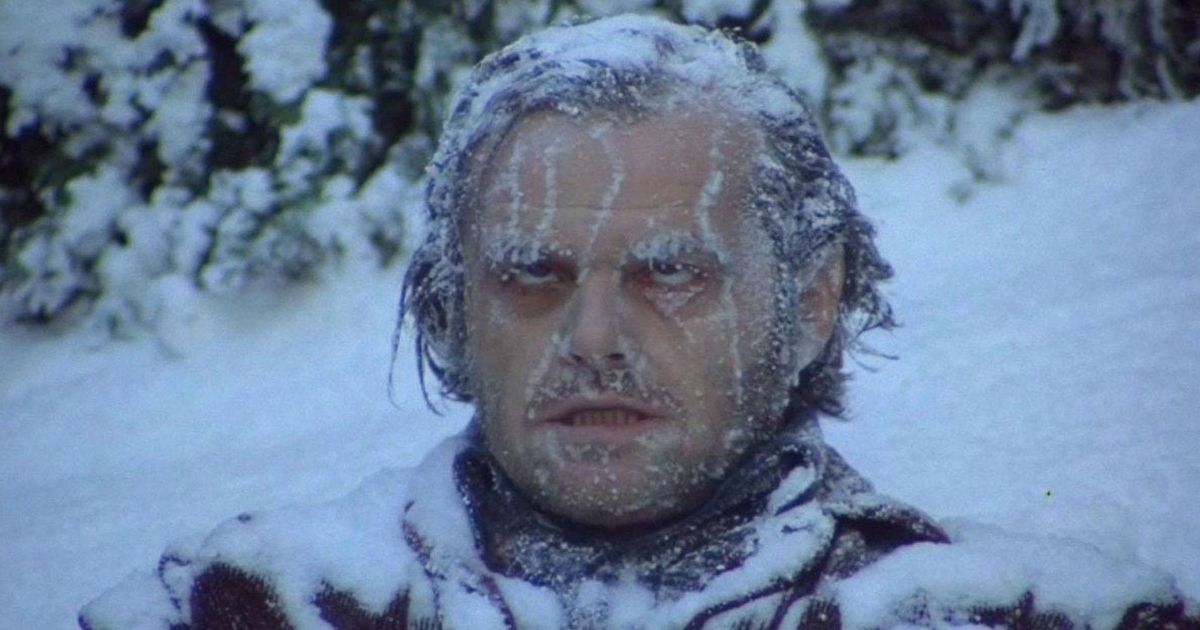
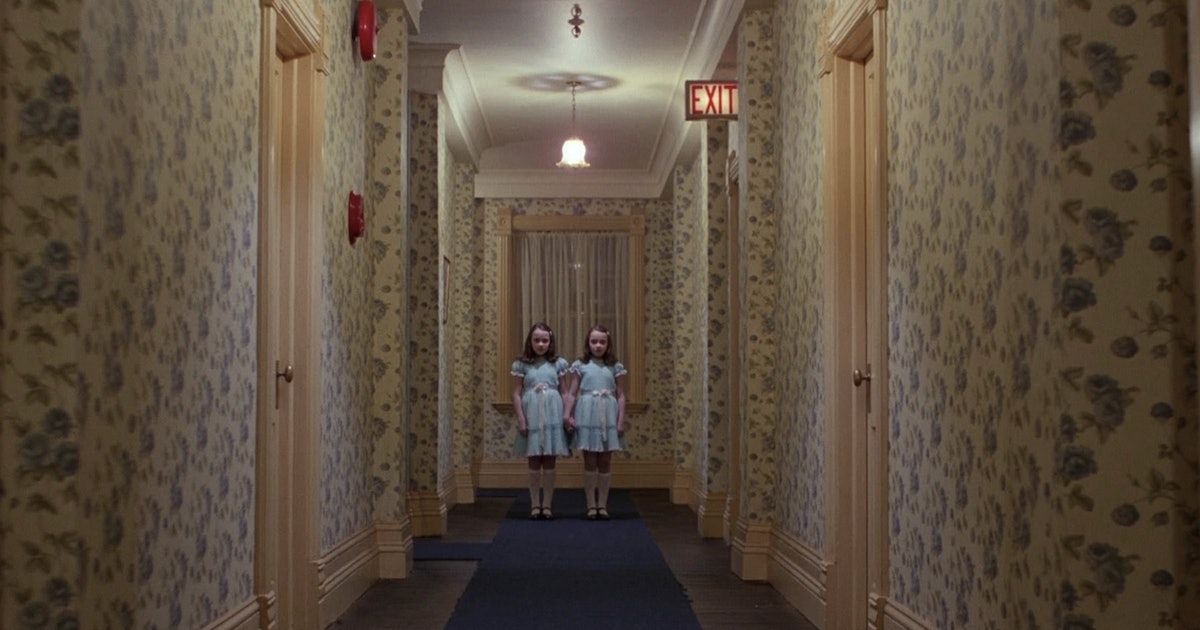
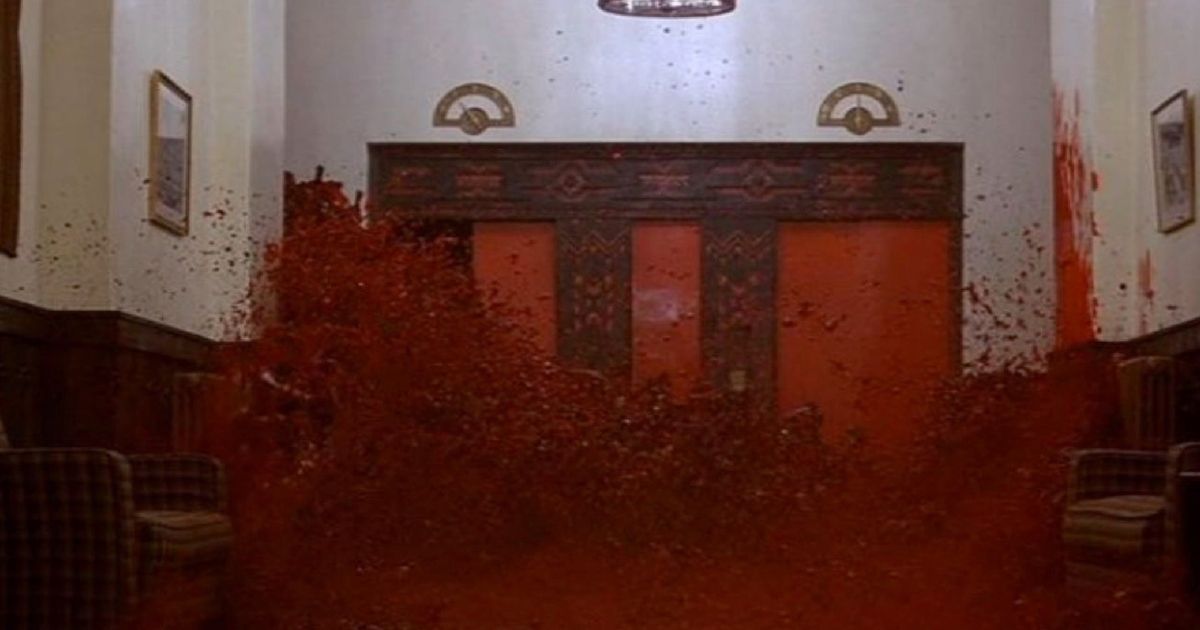
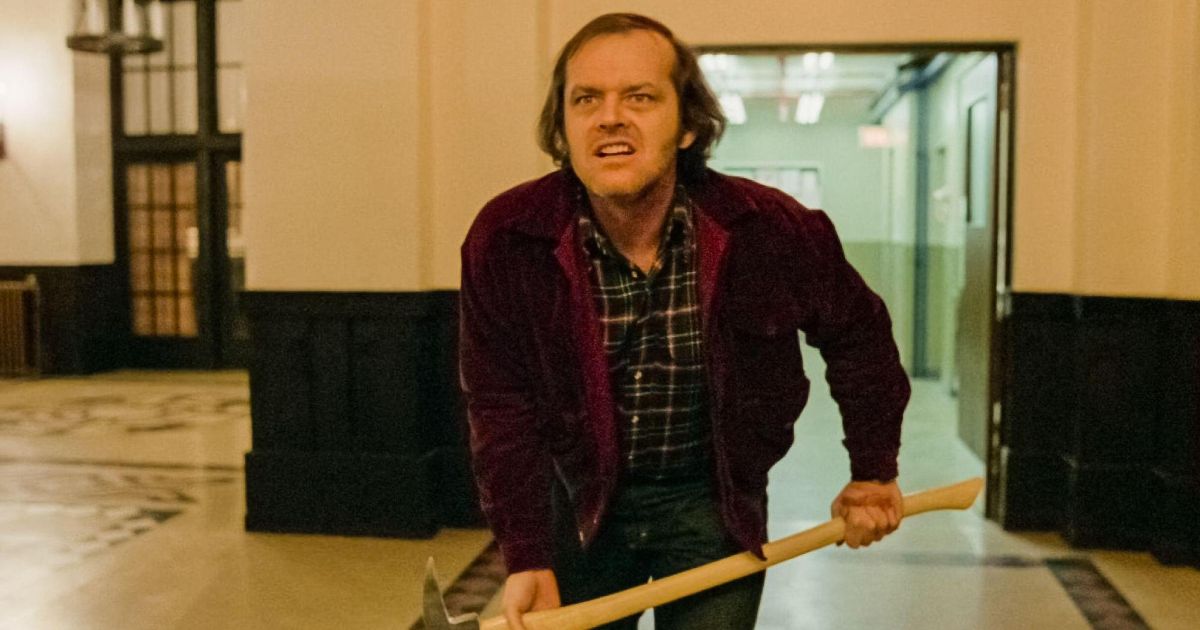


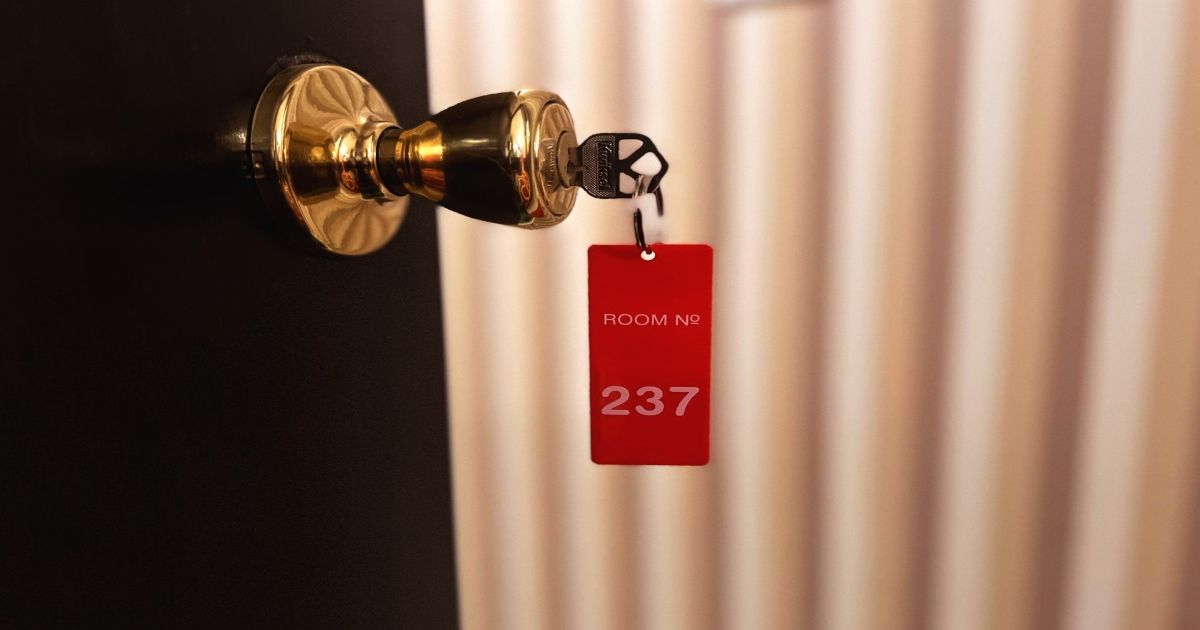
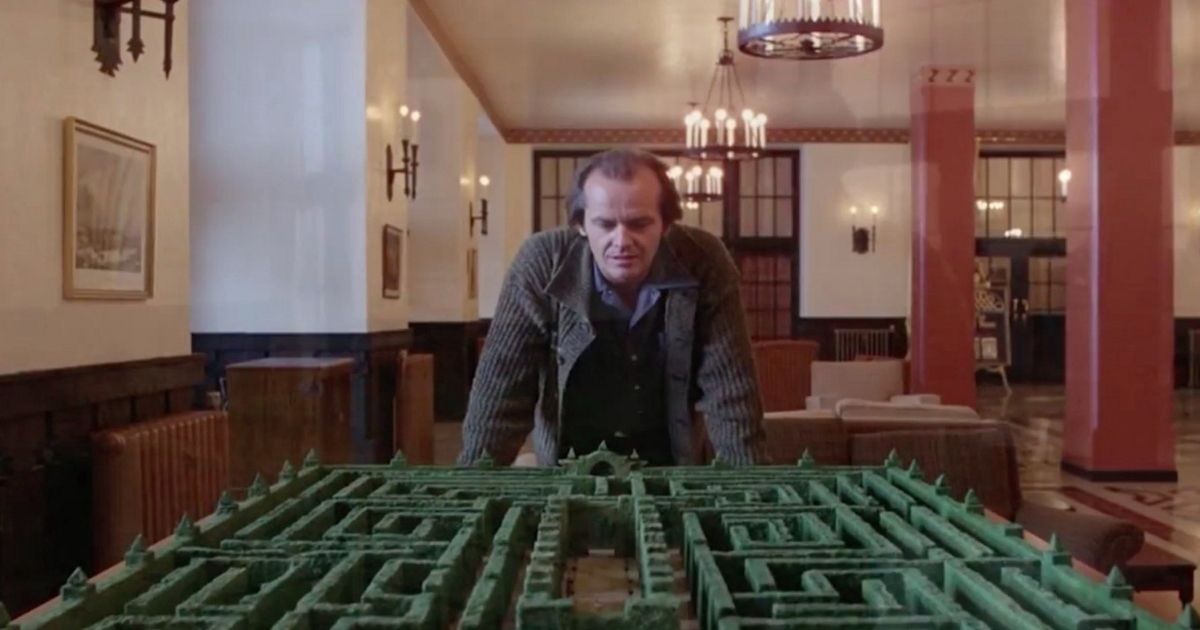
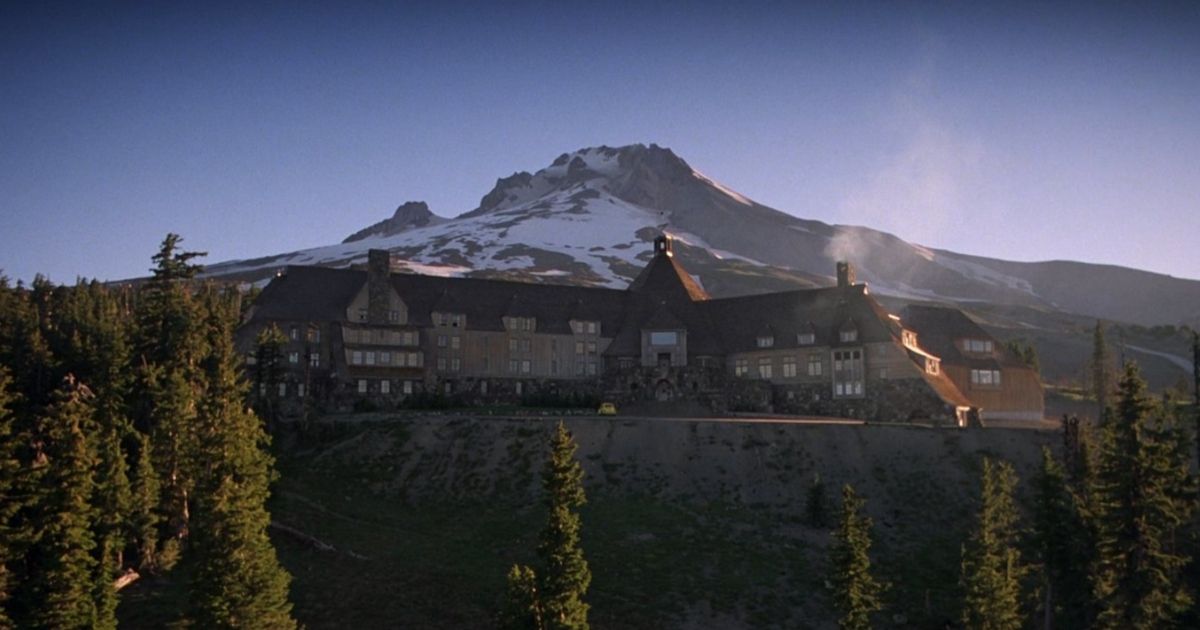
Comments
Post a Comment